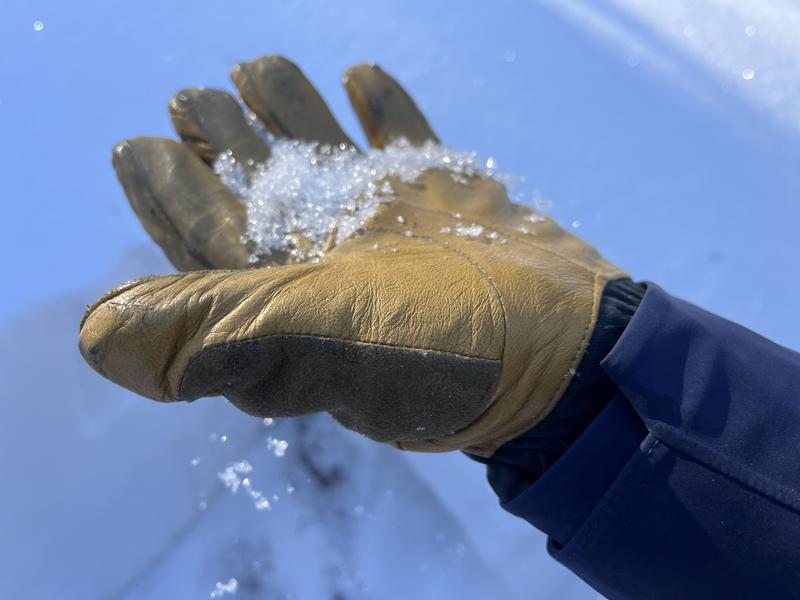Forecast for the Abajos Area Mountains

Issued by Eric Trenbeath for
Monday, January 1, 2024
Monday, January 1, 2024
Triggering an avalanche is unlikely. In very isolated areas it may be possible to trigger an avalanche where old, hard slabs of wind drifted snow overly weak, sugary snow underneath. You are most likely to encounter this problem on steep, upper elevation, wind drifted slopes. Areas of greatest deposition are the most suspect. Look for wind deposits on the leeward sides of ridge crests and other terrain features like gully walls and sub-ridges. Wind drifts are recognizable by their smooth, rounded appearance and they may sound hollow underneath.

Low
Moderate
Considerable
High
Extreme
Learn how to read the forecast here




